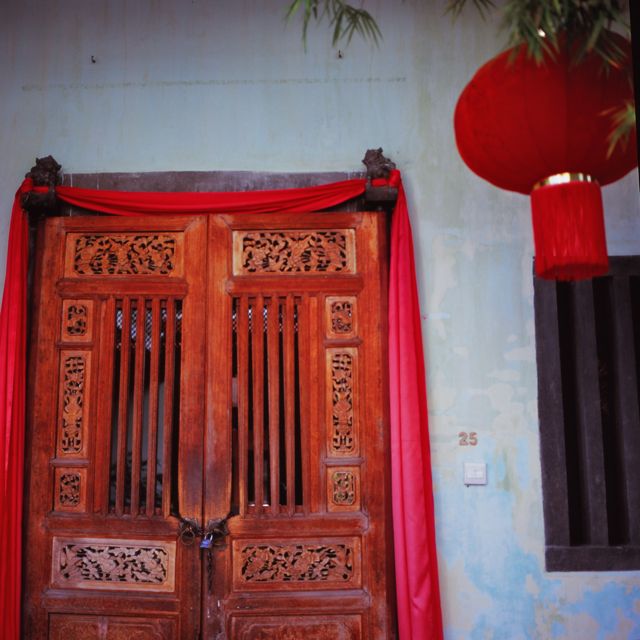
あけましておめでとうございます。皆様、どのような新年をお迎えでしょうか?2015年が皆様にとって穏やかなよいお年であるようお祈りいたします。
昨年はマレーシア関連のニュースが目立って入ってきました。事故や自然災害はどこにいても誰の身にも起きうるものとはいえ、 少ないに越したことはありません。
ペナンへ引っ越して来て一年半。色々なことがありました。旧英植民地という土地柄であり、様々な人種や異なる文化の人々がひしめいているこのペナン。訪れるだけでは分からなかったこともみえてきます。
中進国というのは面白い位置のように思います。いわゆる後進国に残る昔ながらの良さや手仕事は消えてしまっている反面、先進国のような便利さもありません。なんだか中途半端。
来年の秋からはタイへ戻ることにしました。タイも、中国からの工業製品に押され、手仕事も先細りになってきたとはいえ、まだ北部では織や染めが残っています。藍染めの残る、ラオスやベトナム、中国南部も近くです。
ペナン生活は非常に快適ですが、ここにばかりはいられません。ここから出た後は何が起きるのか予測不可能ですが、動き続けていれば何か面白いことがありそうです。そう、行動あるのみです。
今年もどうぞよろしくお願い致します!
Plans are set to leave Penang on March 15, after a year-and-a-half here off and on. We have chosen Bangkok as our wintering destination for 2015-2016.
We moved to Penang to enroll our son in an international grade school here. After a couple months, it was clear the school had done a better job of selling itself, than it would ever do providing an education, so we withdrew our son and have been home-schooling him when not in Japan. We will enroll him in the local school in Nagano this coming April. These changes ask much of all three of us, but no situation is ideal, and we think what we do now is better than paying for a private education that neither educates not fosters the personal values I share with my husband. The British system of education, sold so well here in this former colony, seemed to us to foster elitism. The truth is, however, that schools in the U.K. consistently place 22nd or so among countries in the world in reading, math, and science, while Japan and many other countries in Asia, in Scandinavia, . . .excel each year, a record that did not justify in our minds the school’s administration propaganda about how good a learning environment they provided.
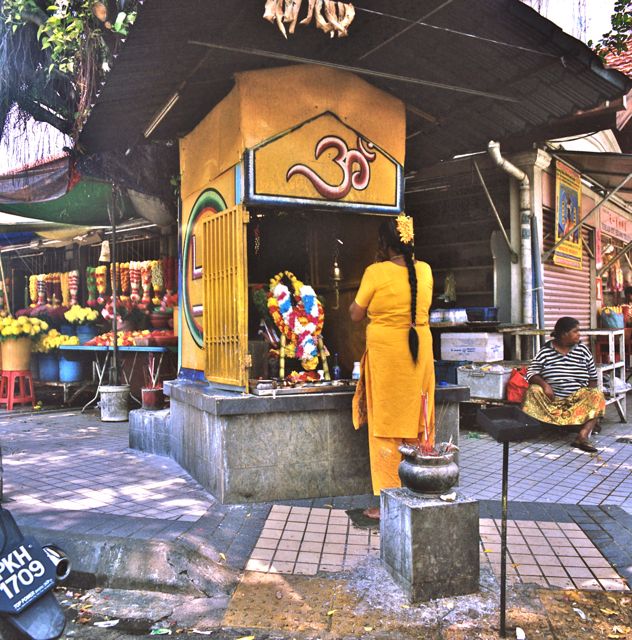
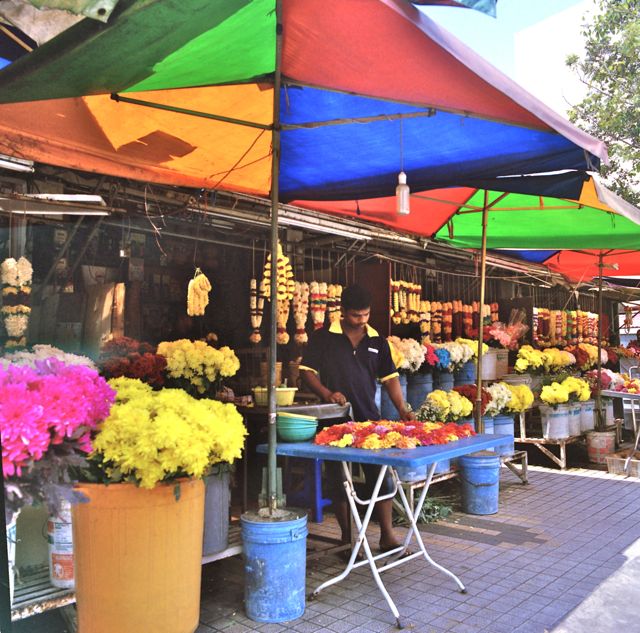
We were drawn also to what seemed Penang’s blend of cultures, languages, and cuisines. We found, though: cultures not terribly well integrated; English by far the dominant spoken language; and aside from the Southern Indian food so well prepared here, the local fare, uninspired. Penang is often written about as the best place in Asia for street food. After a year-and-a-half, we remain unconvinced. Almost anywhere one travels in Thailand, for example, they serve up more delicious local food and at much lower cost. Penang is a small place with small offerings: we want more.
Costs are increasing here, too, a combination for us of a declining yen/ringgit, a first-time sales tax at 6% to be imposed from April 1, 2015, on everything but necessities, and inflationary pressure from outside money (especially from China and the Middle East) flooding this island’s real estate market and driving property prices and rents beyond the reach of many. I recently read that homes here (which almost always means condominiums) now cost an average 5.5x yearly salaries, which is a little frothy, and Malaysians spend about 45% of their income just to service housing and consumer debt. Everyone, especially the young, seems sold on the idea of “luxury living” available if one would just buy this or that flat, take out a hefty 35-year loan, and hope that money continues to flow in, that the market is not overbuilt, and that the boom does not turn to bust.
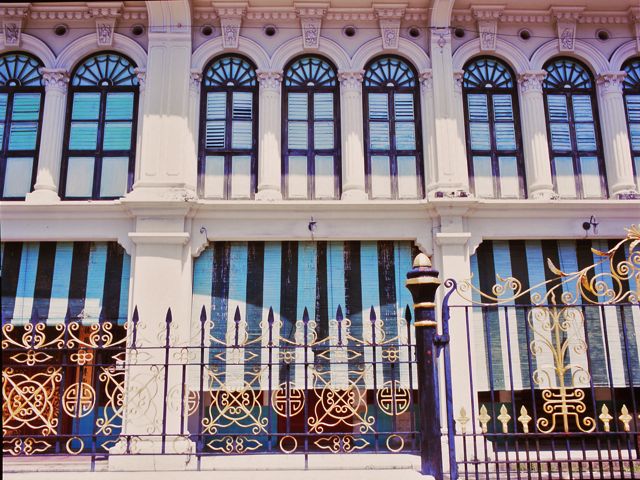
I wanted to work more here, but I cannot do as much as I had hoped. Also, I want to be closer to traditional hand-weaving and hand-dyeing centers in northern Thailand, in Laos, and in parts of northern Vietnam and SW China, from which I have sourced fabric for my work and want to do so again. There is little of traditional crafts of any kind in Penang, I find, and I want to learn more about traditional textile production methods, before these practices become just another part of textile history.
There are villages in Thailand, Laos, and Vietnam where traditional dyeing with indigo and other natural dyes and weaving is still done, though the number of such places is dwindling, as younger people are more interested in moving to the attractions of city life and all that they believe this change will offer them.
There are a few women and men dedicated to the preservation and continuance of these practices, who set up small-scale design and weaving centers, where fabric can be woven on traditional looms, using yarns spun by hand and dyed with natural pigments. It is an uphill battle, though, as fewer and fewer local people either have retained these skills or are interested in learning and preserving them
Compromise is routinely made in design, though, and all too often today’s taste trumps tradition, which is justified as necessary to produce items that sell. Taste evolves, of course, and clothes once designed and made to be worn by village farmworkers, for example, are deemed neither practical for nor marketable to modern urban populations. This is only half true, I find, as I have been inspired by and borrowed from the past in my own design work, from old French peasant garb in one instance to produce a blouse I redesigned and made especially for my Japanese customers. So, with some skill and a little imagination, the best of the past can be retained, can be brought forward, and need not be disregarded out of hand to pander to a wider market.
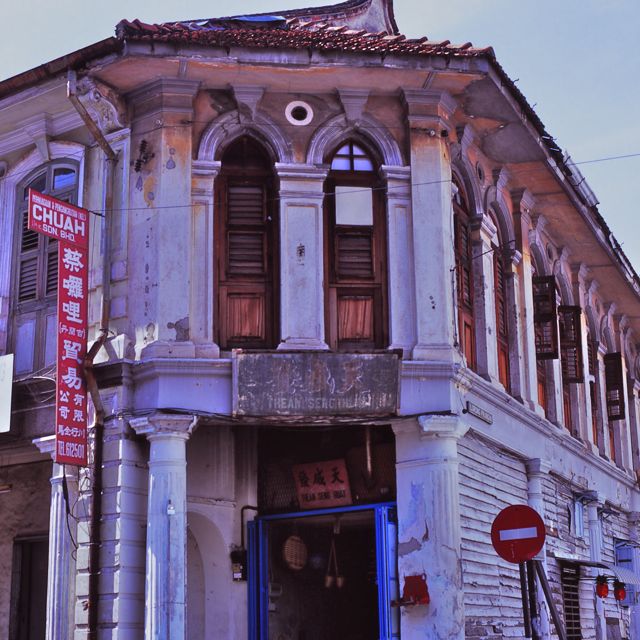
It is the same worldwide, as was the case, too, in Japan in which village life was swapped by the young for a life in the metropolis. People who lived and worked in more or less self-sufficient communities, traded their sense of communal independence for money they could earn in the cities, which could then be used to buy that which they believed would bring them pleasure, satisfaction.
One can sympathize with those who feel forced to take an easier course, but this does not mean one should surrender. I believe there is much wisdom in the old Nepali saying that when one is faced with two roads in life, one should always take the more difficult one.
We rarely look within enough to know if we are content or not, and the question cannot be answered, if it is not asked. We have little experience doing other than that which we have done in the same way for so long unquestioningly. It is so difficult to step outside oneself, outside one’s situation, to see clearly enough, but this is exactly that which we must do.
